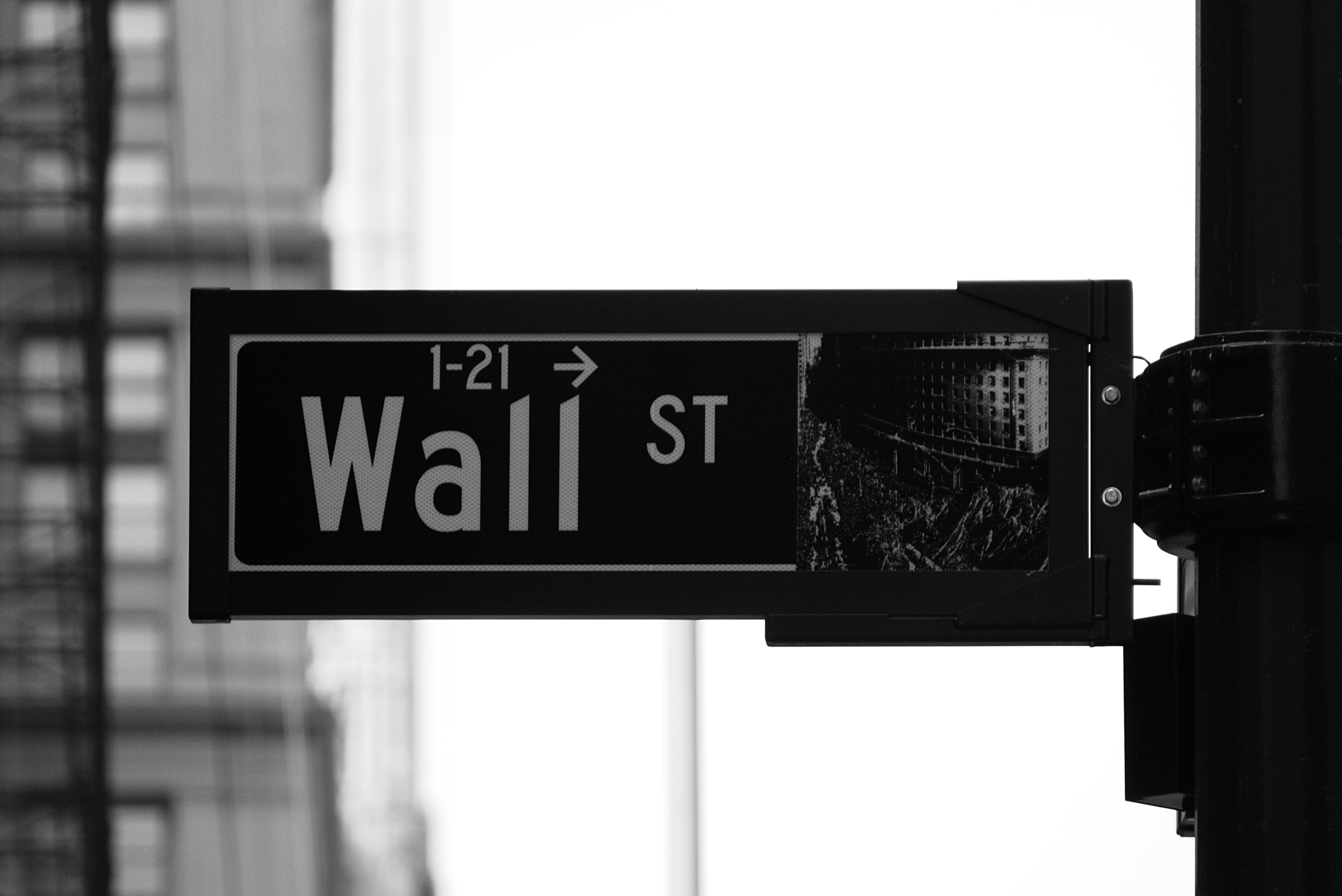EQUITIES
Shares in Asia-Pacific tumbled on Tuesday, with Australia as one of the worst performers in the region. The S&P/ASX 200 returned to trade Tuesday following a holiday yesterday, and tumbled as much as 5.3%, posting its biggest intraday percentage drop since March 2020 and extending losses to a third session. It was last at 4.32% lower.
The Nikkei 225 in Japan fell 1.68%, South Korea’s KOSPI slipped 0.87%, and Singapore’s FTSE Straits Times Index 0.96% lower.
In Hong Kong, the Hang Seng index slipped 0.37%. Mainland Chinese stocks also declined as the Shanghai Composite fell 1.02%.
Overnight on Wall Street, the S&P 500 fell nearly 4% to 3,749.63, closing in bear market territory, down more than 20% from its January peak. Other major indexes stateside also saw big declines. The Dow Jones Industrial Average dropped 2.79%, to 30,516.74, and the tech-heavy Nasdaq Composite lagged, plunging 4.68% to around 10,809.23.
European stocks are expected to open in mixed territory on Tuesday, on concerns that central banks will be forced into aggressive monetary policy tightening with inflation remaining high.
OIL
Crude oil prices whipsawed between gains and losses, as investors weighed the impact of tight global supplies on softening demand as the world economy cools.
Supply tightness has been aggravated by a drop in exports from Libya amid a political crisis that has hit output and ports, while other producers in OPEC+ struggle to meet their production quotas and Russia faces bans on its oil over the war in Ukraine.
On the demand side, the focus is on China, where a COVID outbreak at a bar in Beijing has raised fears of a new phase of lockdowns just as restrictions were being eased.
For the day, U.S. WTI crude fell 0.07% to $120.90 a barrel, while Brent crude futures eased 0.15%, to $122.18 a barrel.
The market will be awaiting weekly U.S. inventory data from the American Petroleum Institute on Tuesday and the U.S. Energy Information Administration on Wednesday for a view on how tight crude and fuel supply remain.
CURRENCIES
The dollar has gained with yields as investors seek shelter from the storm. The U.S. dollar stood by a fresh 20-year peak on Tuesday and just about everything else nursed losses as investors braced for aggressive Federal Reserve rate hikes and a possible recession.
Markets have scrambled to bet on rapid-fire hikes in the wake of an unexpectedly hot inflation reading on Friday. Consecutive 75 basis point rate rises in June and July are close to fully priced, sending shockwaves across asset classes.
The dollar index was at 105.026 - off an earlier high of 105.263.
The yield on benchmark 10-year Treasury notes meanwhile rose to 3.382% compared with its U.S. close of 3.371% on Monday. The 2-year yield, which rises with traders' expectations of higher Fed fund rates, touched 3.4002% compared with a U.S. close of 3.281%.
European bonds were also caught in the broadening debt market selloff following a hawkish European Central Bank meeting last week, with two-year German bond yields galloping above 1% for the first time in more than a decade.
Cryptocurrencies saw a continued sell-off on Tuesday, with bitcoin shedding more than 10%, falling below $21,000 at one point. The world’s largest cryptocurrency recovered slightly from earlier losses and was last trading at $22,843.
GOLD
Gold prices hovered near a four-week low on Tuesday as a strong dollar countered safe-haven demand fuelled by economic slowdown fears amid prospects of aggressive monetary policy tightening.
Spot gold was up 0.4% at $1,826.70 per ounce after falling to its lowest since May 19 at $1,810.90 earlier in the session. U.S. gold futures fell 0.3% to $1,826.50.
Spot silver dipped 0.9% to $21.68 per ounce, platinum fell 0.6% to $967.67, and palladium dropped 1.3% to $1,909.49.
ECONOMIC OUTLOOK
Asian stocks continued its downtrend to open lower on Tuesday as investors remained cautious over volatile markets, taking their cue from the significant sell-off on Wall Street overnight. European stocks are expected to open in mixed territory.
Wall Street officially entered bear market territory and bond yields hit a two-decade high. The selldown on Wall Street intensified on fears of a more aggressive rate hike by the U.S. Federal Reserve would push the world's largest economy into a recession. The U.S. FOMC members will deliberate on their decision at their two-day meeting beginning Tuesday.
Central banks' efforts to raise interest rates to curtail inflation will remain in focus this week. The Fed, the Bank of England, and the Swiss National Bank are expected to raise rates at their meetings, while other central banks have turned more hawkish in the past month, underscored by bigger-than-expected rate hikes from India and Australia.
Investors in Asia also focused on the risk of new coronavirus lockdowns, with Beijing's most populous district of Chaoyang announcing three rounds of mass testing to quell a "ferocious" outbreak that emerged at a bar.














